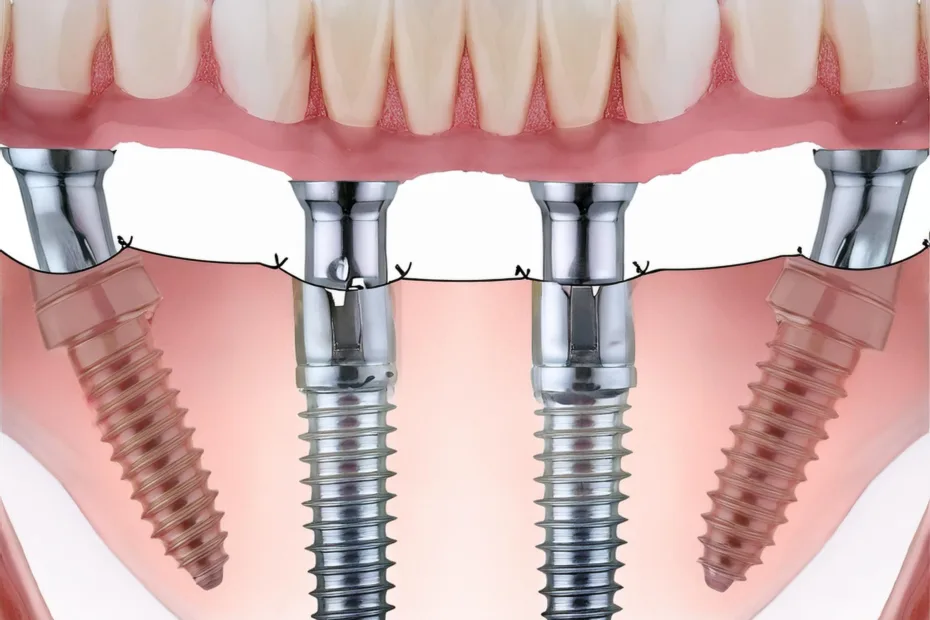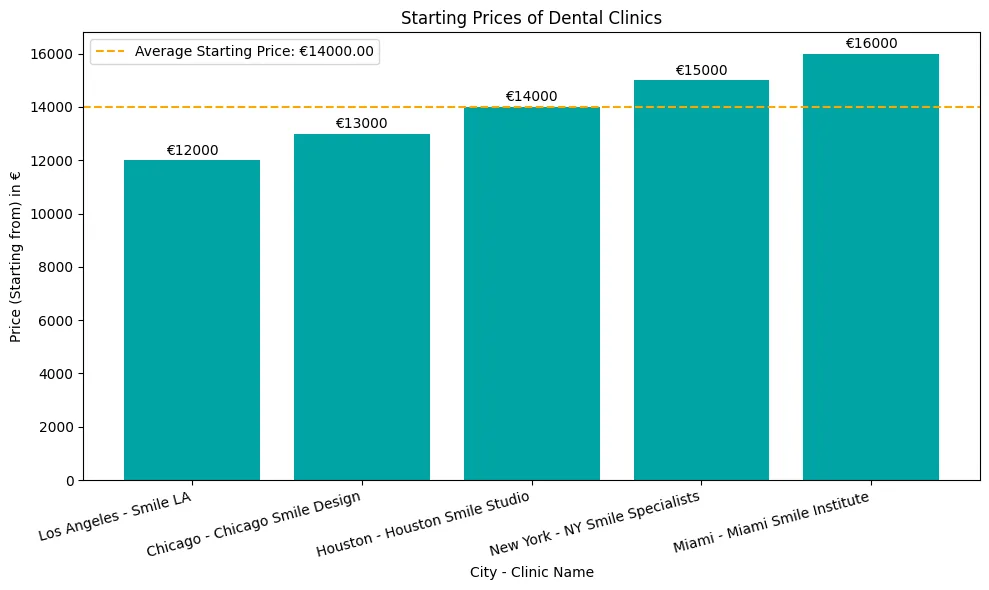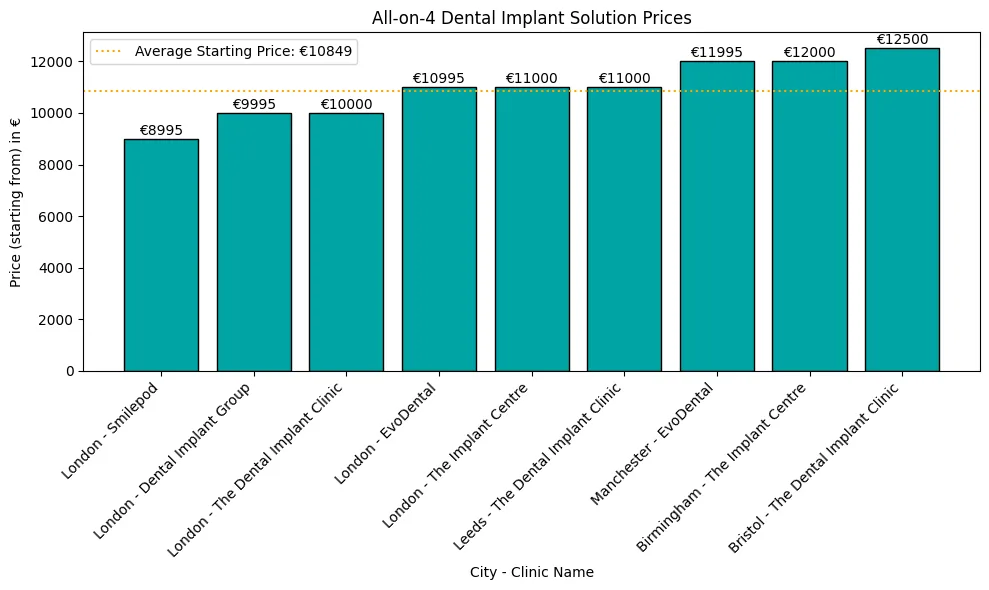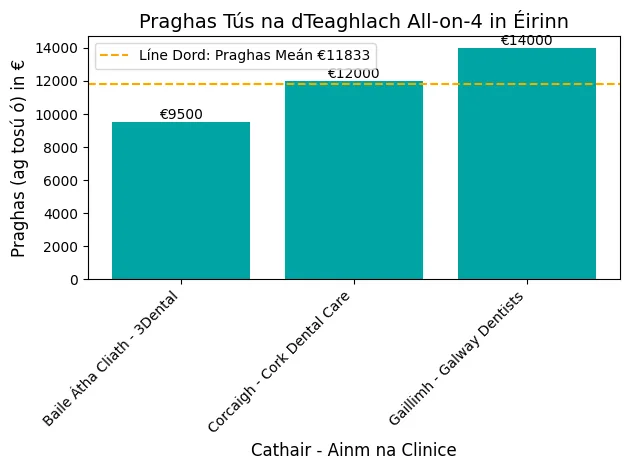All-on-4 vs tradicional implantes dentales - ¿cuál es el mejor para su sonrisa y su salud bucodental?
Si está pensando en alternativas a los implantes dentales, probablemente se pregunte cuáles son las diferencias entre ambos y cuál será la solución más eficaz y duradera para usted.
¿Cuál es la diferencia entre All-on-4 y los implantes dentales tradicionales?
Los implantes All-on-4 ofrecen una opción más rápida y menos invasiva, con una tasa de éxito del 98% y una recuperación de 1 a 3 días. Los implantes tradicionales pueden tardar hasta 12 meses con múltiples intervenciones quirúrgicas. Puntos clave: All-on-4 requiere 4 implantes y rara vez necesita injertos óseos, por lo que es rentable, mientras que los implantes tradicionales requieren 6-8 implantes y suelen ser más costosos.
| Aspecto | Todo a 4 | Tradicional |
|---|---|---|
| Duración del procedimiento | 1-3 días | Hasta 12 meses |
| Número de implantes | 4 implantes | 6-8 implantes |
| Injertos óseos | Raramente necesario | A menudo necesario |
| Coste | Más rentable para la sustitución de arcos completos | Más caro para implantes múltiples |
Ventajas de All-on-4
Procedimiento y tiempo de recuperación más rápidos
Los implantes dentales All-on-4 están diseñados para ser rápidos.
A diferencia de los implantes tradicionales que pueden tardar hasta 12 meses en completarse con múltiples cirugías y tiempos de cicatrización, All-on-4 puede realizarse en un día con un tiempo de recuperación de 1 a 3 días.
Al considerar implantes dentales frente a dentaduras postizas, Los implantes proporcionan una solución permanente y fija que elimina los inconvenientes de los aparatos removibles.
Esto se debe a que All-on-4 utiliza sólo 4 implantes para soportar una arcada completa, sin injertos óseos ni cirugías adicionales (1).
Comparación de costes con los implantes tradicionales
All-on-4 no sólo es más rápido, sino también más rentable.
Los implantes tradicionales requieren múltiples implantes y procedimientos que pueden aumentar el coste total.
All-on-4 utiliza menos implantes, por lo que el coste quirúrgico es menor y constituye una solución más asequible para la sustitución de toda la arcada.
Los pacientes pueden ahorrar hasta 30% en comparación con los implantes tradicionales (2).
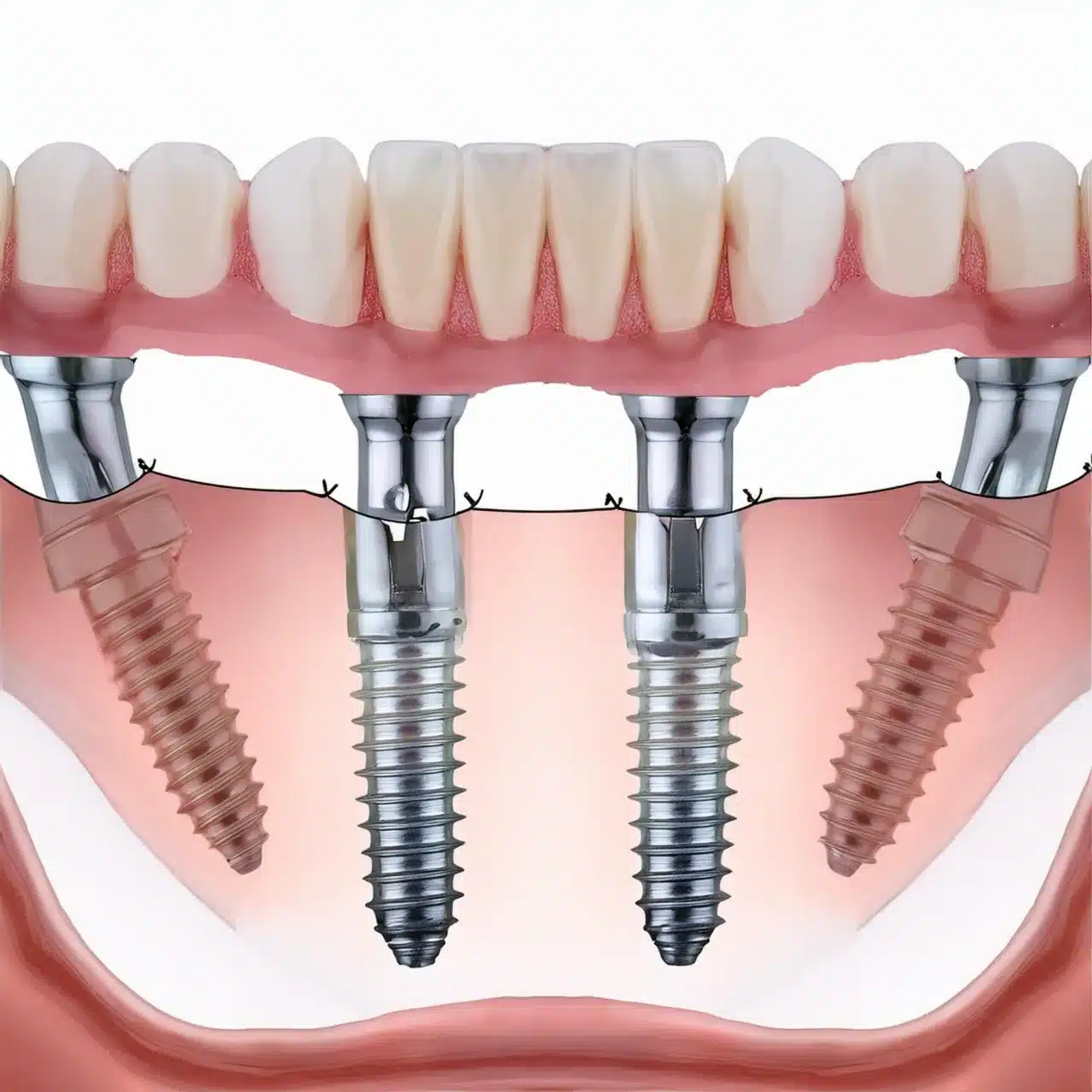
Salud bucodental y funcionalidad
Los implantes All-on-4 proporcionan una excelente estabilidad y funcionalidad para que los pacientes puedan tener una mordida natural y una mejor salud oral.
Los 4 implantes se colocan estratégicamente para maximizar el soporte y reducir la presión sobre el hueso maxilar, de modo que la pérdida de hueso con el tiempo sea mínima.
Esto no sólo mejora la salud bucodental, sino también la calidad de vida de los pacientes, ya que pueden comer, hablar y sonreír con confianza (3).
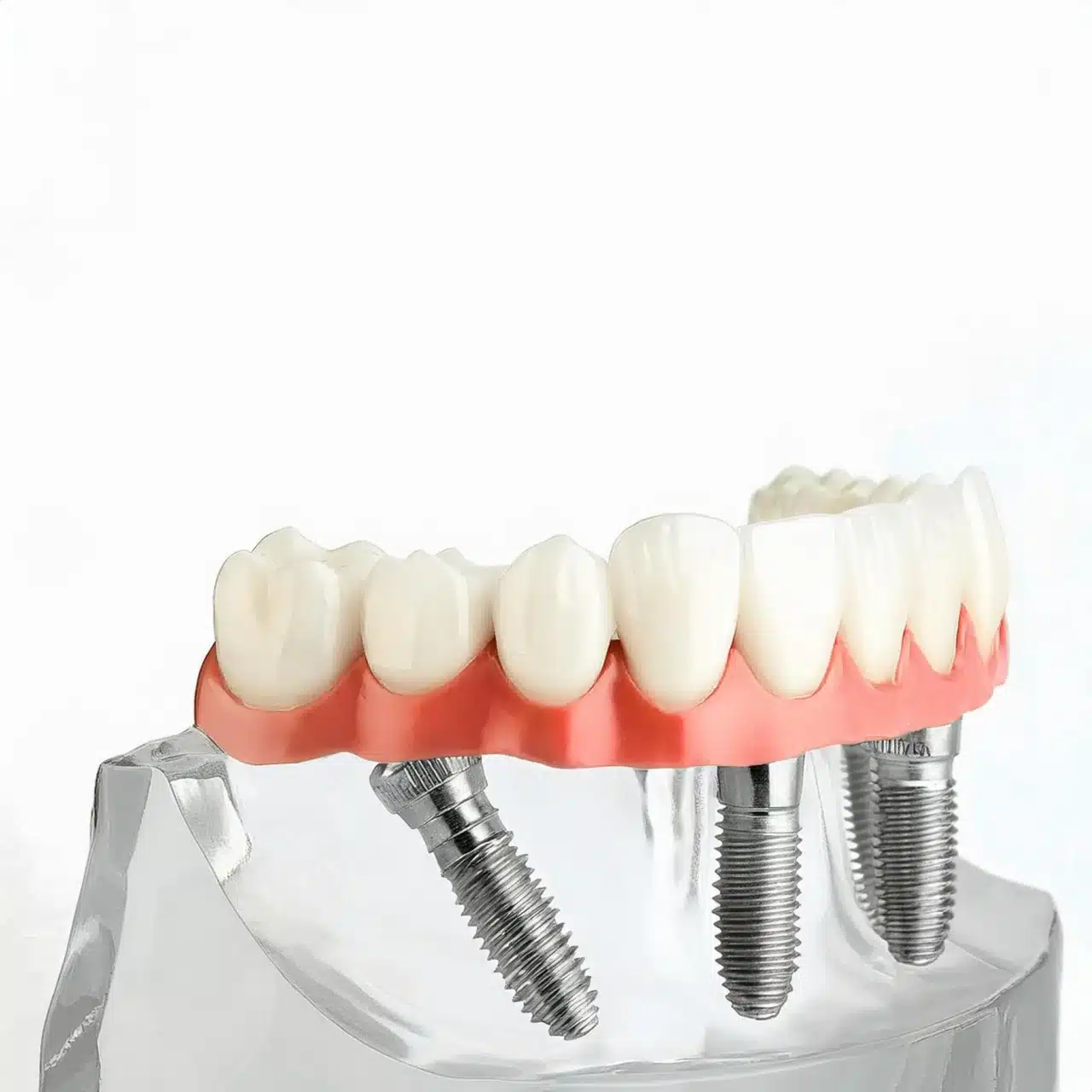
Cuándo elegir implantes dentales tradicionales
Sustitución de un solo diente
Los implantes dentales tradicionales suelen ser la mejor opción para sustituir un solo diente.
Los implantes All-on-4 están diseñados para sustituir toda la arcada, mientras que los implantes tradicionales pueden adaptarse para sustituir dientes individuales y ofrecer una solución más precisa y natural.
En un estudio se descubrió que los implantes tradicionales tenían una tasa de éxito del 95% para la sustitución de un solo diente, por lo que es una opción fiable para los pacientes que necesitan sustituir uno o unos pocos dientes (4).
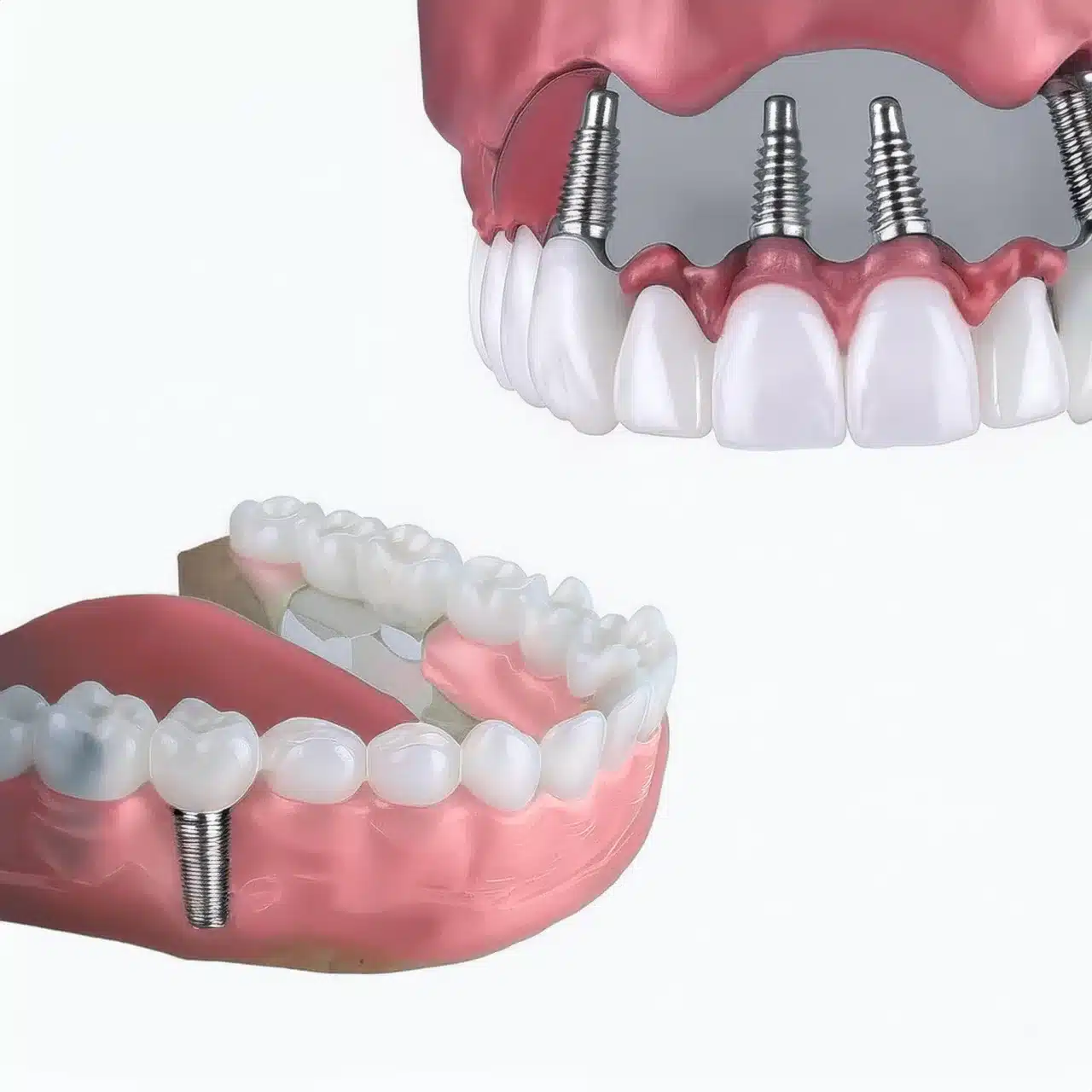
Casos que requieren injerto óseo
Los implantes dentales tradicionales también se recomiendan para los casos en los que es necesario un injerto óseo.
Los implantes All-on-4 rara vez requieren injertos óseos debido a su colocación estratégica, pero los implantes tradicionales suelen necesitar un soporte óseo adicional para garantizar su estabilidad y longevidad.
Un caso clínico demostró la importancia del injerto óseo en los procedimientos implantológicos tradicionales y cómo puede aumentar la tasa de éxito del implante (2).
Alternativas a los implantes dentales
Los implantes dentales son una solución popular para la pérdida de dientes, duradera y de aspecto natural.
Se colocan quirúrgicamente en el hueso maxilar para proporcionar una base estable a los dientes artificiales.
El procedimiento consta de varias fases: colocación del implante, cicatrización y fijación de la corona.
Los implantes dentales tienen altas tasas de éxito y beneficios a largo plazo, por lo que son la opción preferida de muchos pacientes que buscan soluciones de sustitución dental permanente.
Pero el proceso puede ser largo y requerir injertos óseos si el hueso maxilar no es lo bastante denso (1).

Conclusiones
Principales conclusiones
Tasa de éxito: All-on-4 98%, implantes tradicionales 95% para la sustitución de un solo diente (1).
Tiempo de recuperación: All-on-4 1-3 días, implantes tradicionales 12 meses (2).
Rentable: All-on-4 para toda la arcada, implantes tradicionales más caros debido a los múltiples implantes y procedimientos (3).
Conclusión
En resumen, tanto los implantes dentales All-on-4 como los tradicionales son una solución para la pérdida de dientes, cada uno con sus pros y sus contras.
Al conocer las diferencias y ventajas de cada tipo de implante, los pacientes pueden tomar una decisión informada que sea adecuada para ellos.
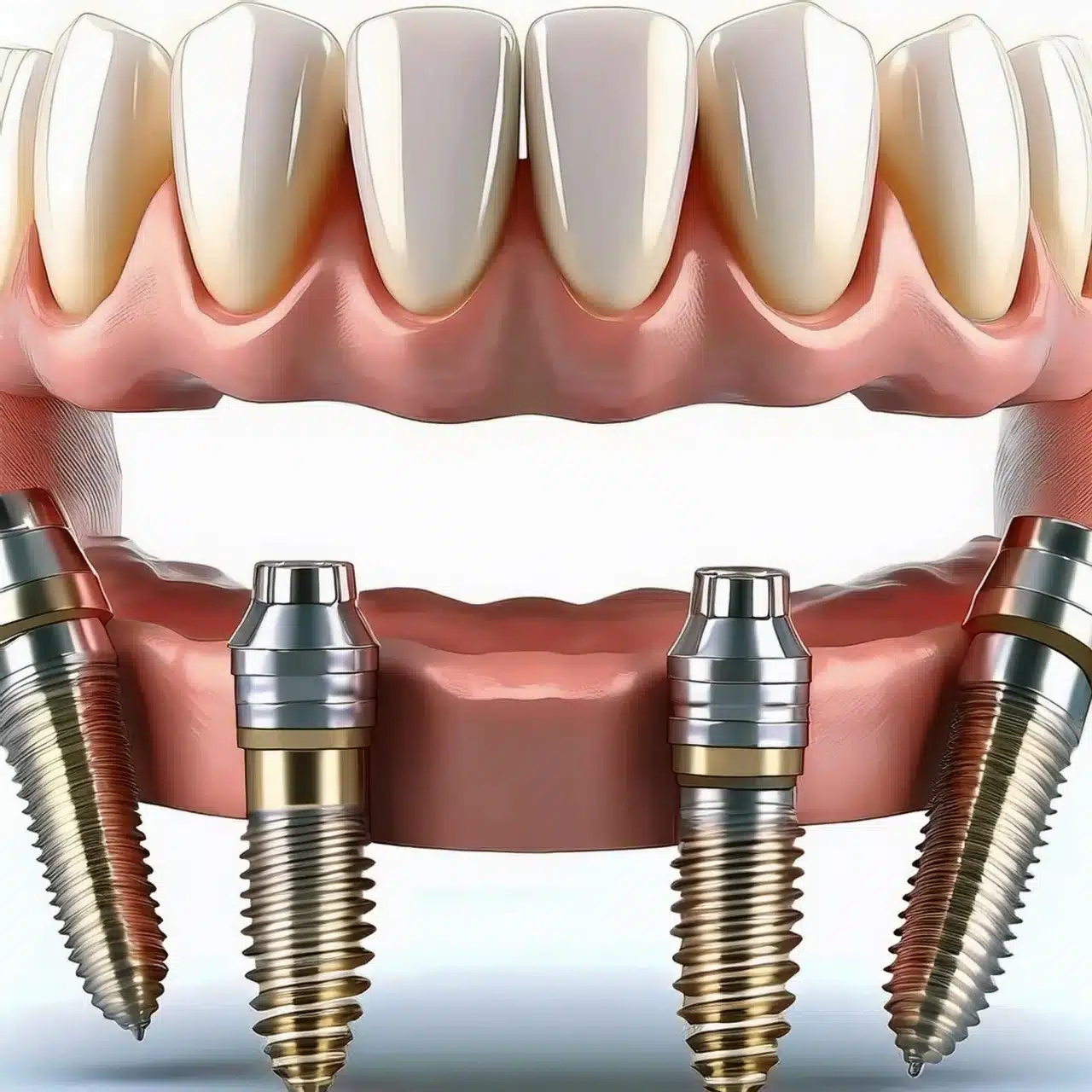
PREGUNTAS FRECUENTES
Referencias
(1) Jung Min Cho et al. Long-term steroid therapy and Denosumab treatment leading to peri-implant medication-related osteonecrosis of the jaw: a case report. J Dent Implant Res. 2024;43(3):27-32.
(2) Hae-Seok Lee et al. A retrospective study on the factors associated with marginal bone loss of short implants placed in posterior regions. J Dent Implant Res. 2023;42(3):46-52.
(3) Tae-Gyu Kang et al. Immediate implant placement with nasopalatine duct cyst enucleation: A case report. J Dent Implant Res. 2023;42(4):53-59.
(4) Hoi-Bin Jeong et al. Retos postoperatorios en injertos pediculados de almohadilla de grasa bucal: MRI evaluation and the role of bone grafting for maxillary wall regeneration. J Dent Implant Res. 2023;42(4):67-71.

